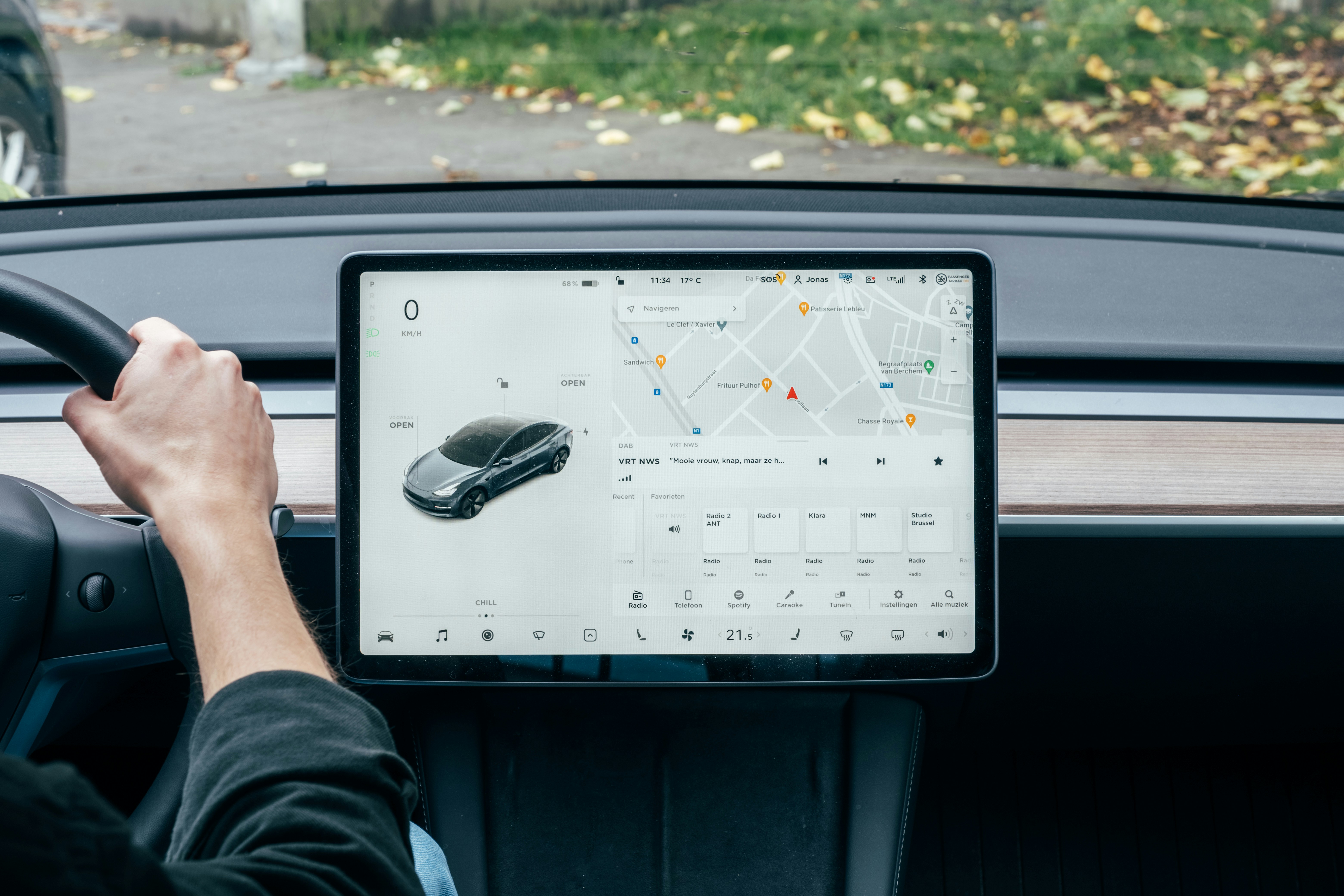 The dawn of autonomous vehicles is upon us, promising to revolutionize the way we travel and transport goods. At the heart of this transformation lies artificial intelligence (AI), the driving force behind self-driving technology. Anablock will explore how AI is shaping the future of transportation.
The dawn of autonomous vehicles is upon us, promising to revolutionize the way we travel and transport goods. At the heart of this transformation lies artificial intelligence (AI), the driving force behind self-driving technology. Anablock will explore how AI is shaping the future of transportation.
AI: The Brain of Autonomous Vehicles
Autonomous vehicles rely on a complex network of AI systems to navigate the world. Computer vision algorithms process data from cameras and sensors, allowing the vehicle to "see" its surroundings.
Machine learning models interpret this data, making split-second decisions about steering, acceleration, and braking. Meanwhile, path planning algorithms chart the most efficient route to the destination.
The Promise of AI-Powered Transportation
The potential benefits of AI-driven autonomous vehicles are profound:
- Enhanced Safety: By eliminating human error, AI has the potential to dramatically reduce traffic accidents.
- Improved Efficiency: AI can optimize traffic flow, potentially reducing congestion and travel times.
- Increased Accessibility: Self-driving cars could provide mobility to those unable to drive, such as the elderly or disabled.
- Environmental Benefits: AI can optimize fuel efficiency and support the integration of electric vehicles.
Challenges on the Road Ahead
Despite the promise, several hurdles remain:
Technical Challenges: AI must learn to handle complex "edge cases" that rarely occur but are critical for safety.
- Regulatory Hurdles: Lawmakers are still grappling with how to regulate this new technology.
- Ethical Dilemmas: AI must be programmed to make split-second ethical decisions in potential accident scenarios.
- Cybersecurity: As vehicles become more connected, they also become more vulnerable to hacking.
The Current State of Play
Several companies are at the forefront of autonomous vehicle development. Tesla's Autopilot system is perhaps the most widely known, while Waymo (a subsidiary of Alphabet) has been testing fully autonomous taxis. Traditional automakers are also investing heavily in the technology.
The industry uses a scale from 0 to 5 to describe levels of autonomy, with 5 being fully autonomous in all conditions. Most current systems on the road are at level 2 or 3, with higher levels still in development and testing phases.
Looking to the Future
While fully autonomous vehicles are not yet commonplace, the technology is advancing rapidly. Many experts predict that we'll see widespread adoption of level 4 and 5 autonomous vehicles within the next decade or two.
This shift could have far-reaching implications beyond just transportation. Urban planners may need to rethink city layouts, parking infrastructure could be repurposed, and the nature of car ownership might fundamentally change.
As AI continues to evolve, it will undoubtedly play an increasingly crucial role in shaping the future of transportation. While challenges remain, the potential benefits of autonomous vehicles are too significant to ignore. The road ahead may be long, but AI is steering us toward a future where transportation is safer, more efficient, and more accessible for all.
 The dawn of autonomous vehicles is upon us, promising to revolutionize the way we travel and transport goods. At the heart of this transformation lies artificial intelligence (AI), the driving force behind self-driving technology.
The dawn of autonomous vehicles is upon us, promising to revolutionize the way we travel and transport goods. At the heart of this transformation lies artificial intelligence (AI), the driving force behind self-driving technology.